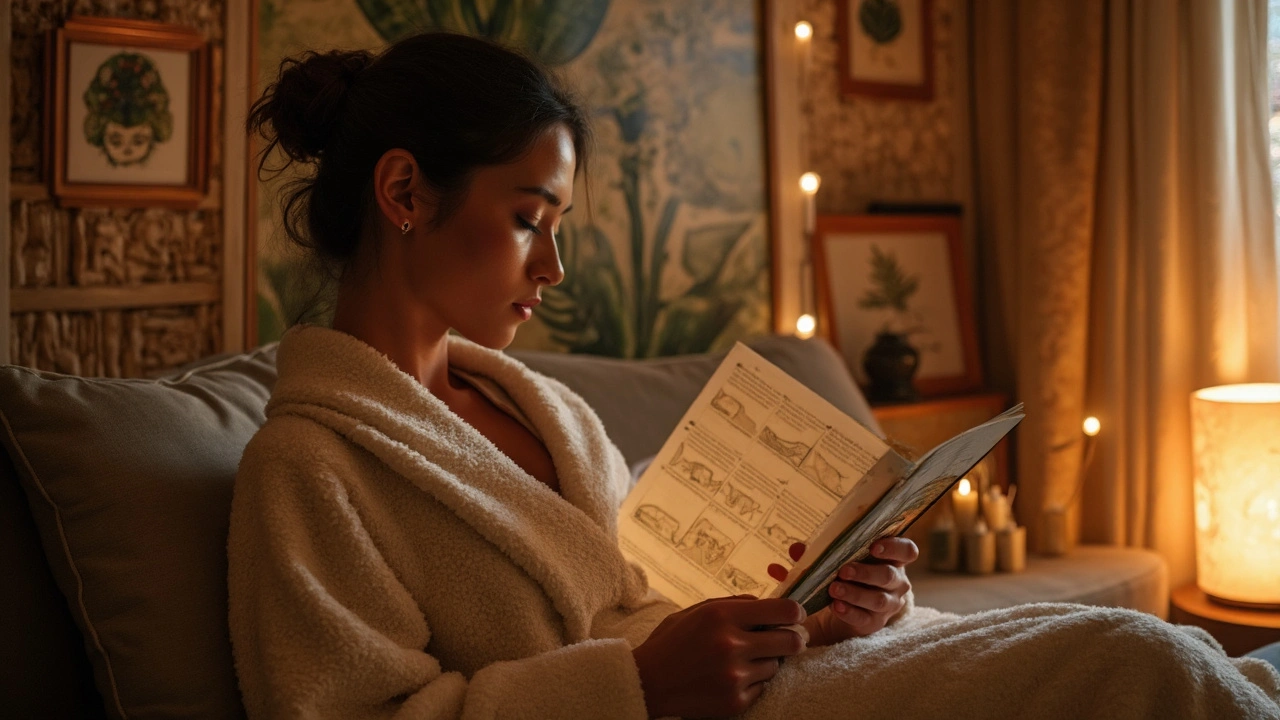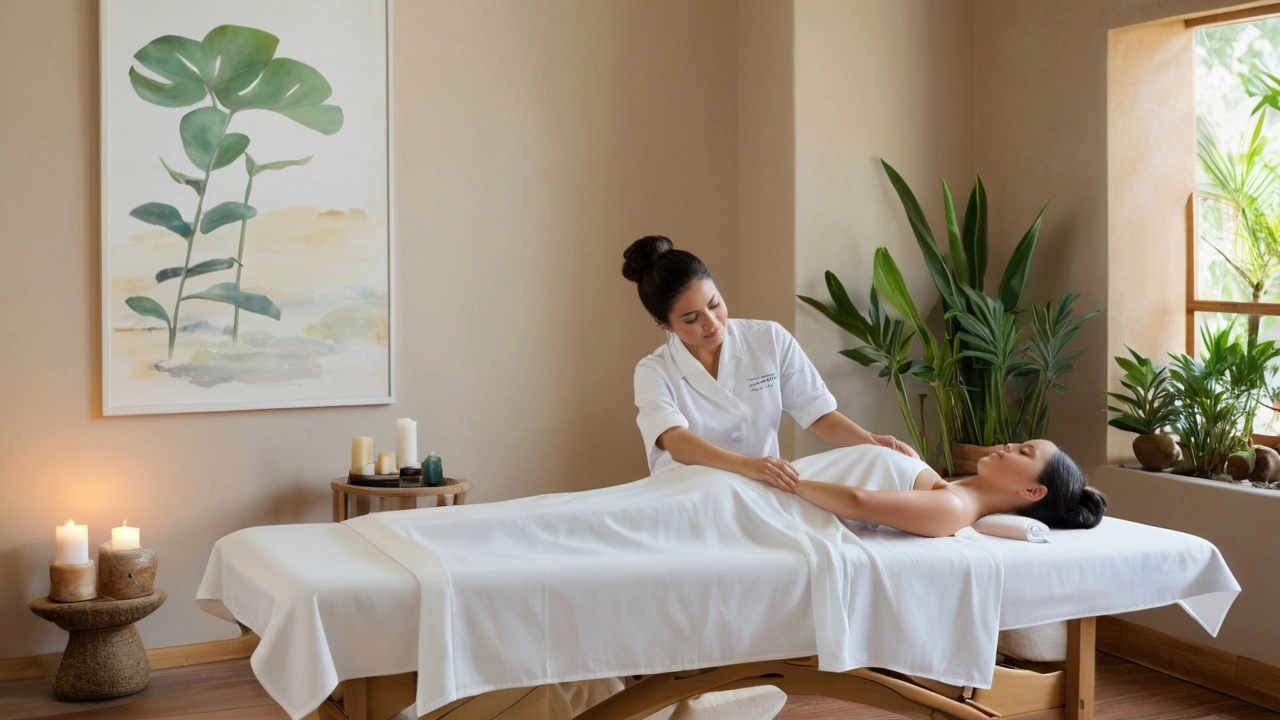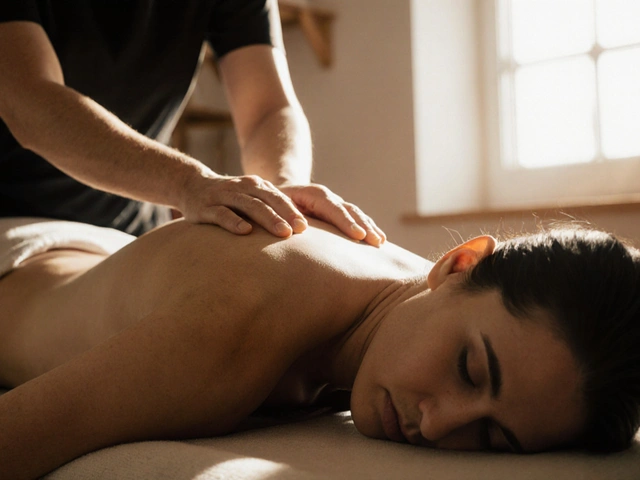Traditional Techniques: Time-Tested Massage & Healing Methods
Old methods often outlast fads because they work. If you want real relief from pain, tension, or stress, traditional techniques like hilot, Lomi Lomi, acupressure, cupping, and trigger point therapy are worth trying. This page groups proven approaches and gives simple, practical advice for picking and using them safely.
Traditional techniques cover a lot. Some focus on energy and rhythm—Lomi Lomi and Kahuna blend long flowing strokes and breath. Others use pressure—acupressure or Amma targets specific points to calm nerves and ease muscle tightness. Some are hands-on with tools: stone therapy uses heated stones, cupping uses suction, and hammam uses steam and exfoliation. And there are movement-based systems like Feldenkrais and Hellerwork that change how you move to reduce pain long term.
Match the method to your goal. Want quick muscle relief after workouts? Try deep but careful trigger point work or Amma massage. Need relaxation and emotional release? Lomi Lomi or Esalen-style treatments help. Looking to improve posture or chronic pain? Structural methods like Rolfing, Hellerwork, or Ortho-Bionomy focus on alignment and movement patterns. Want a low-risk, at-home option? Acupressure and simple Feldenkrais awareness exercises are easy to learn and safe for most people.
Safety first. Tell the therapist about surgeries, blood thinners, pregnancy, or active infections. Avoid strong techniques like deep tissue or hot stone if you have fragile skin, sensory issues, or uncontrolled blood pressure. If marks from cupping or heated stones worry you, ask for lighter versions. For chronic conditions such as scoliosis or tendon issues, look for therapists who work with medical teams or have specific training (Rolfers for scoliosis, therapists trained in contractual tendon release rehab, etc.).
Simple moves you can try at home
Acupressure for tension: press the base of the skull where neck meets head for 30–60 seconds with medium pressure to ease headaches and neck tightness. Tennis-ball release: place a tennis ball between your back and a wall and roll gently over sore spots for 1–2 minutes to reduce knots. Breath-and-rock: lie on your back with knees bent, breathe slowly, and gently rock the pelvis side to side for one minute—this calms the nervous system and helps body awareness, a tiny taste of Feldenkrais.
How to pick a therapist and what to expect
Look for clear communication. A good therapist asks about your goals, checks your health history, and explains the technique and expected sensations. Ask about training and whether they specialize in the method you want—hilot, Amma, Rolfing, or orthobionomy. Book a short session first to judge pressure and style. Expect soreness after deeper work; it should ease in 24–72 hours. If pain spikes or numbness worsens, stop and follow up with the therapist or a clinician.
Traditional techniques can be powerful when matched to your needs and used safely. Try one new method at a time, note how your body responds, and pick what helps you move, sleep, and feel better. If you want specific article recommendations—hilot, cupping, or trigger point guides—check our posts for step-by-step tips and real user feedback.

Laos Massage: Discover Real Healing and Relaxation
Curious about Laos massage and why people rave about its healing effects? This article breaks down what makes Laos massage unique, digs into the science behind its therapeutic benefits, and shares easy tips for making the most of your experience. From real stories to practical advice, you'll find everything you need to know before booking a session. Don't miss the insider pointers for first-timers and those looking to deepen their relaxation. Whether you're just browsing or ready to try it for yourself, check out how Laos massage could improve your well-being.

Discovering the Healing Benefits of Maya Abdominal Massage
Maya Abdominal Massage is an ancient technique known for its profound healing effects on various physical and emotional issues. This massage focuses on aligning the body's internal organs, improving blood flow, and promoting overall well-being. In a world of modern healthcare, this traditional method offers a unique approach to holistic wellness.
Categories
- Health and Wellness (148)
- Alternative Therapies (86)
- Massage Therapy (40)
- Travel and Culture (15)
- Beauty and Skincare (9)
- Holistic Health (8)
- Health and Fitness (5)
- Spirituality (5)
- Other (2)
- Personal Development (2)



